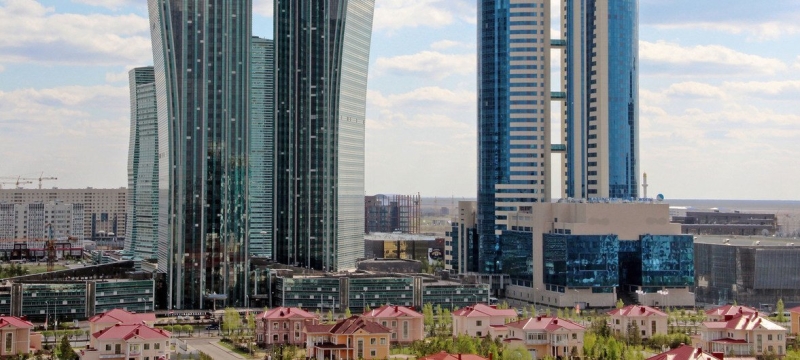
The capital of Kazakhstan is Astana. Generation 2050 in Central Asia: a chance for rapid economic growth that cannot be missed Economic development
Central Asia is experiencing profound demographic changes that will shape the region’s economic and social future in the coming decades. According to the regional report “Generation 2050 in Central Asia”, prepared with the support of the United Nations Children’s Fund (UNICEF), more than half of the population of five countries – Kazakhstan, Kyrgyzstan, Tajikistan, Turkmenistan and Uzbekistan – is today under 30 years old.
This creates a unique opportunity to achieve a “demographic dividend”: an increase in the share of the working-age population can lead to faster economic growth. But this chance can only be taken advantage of if there is significant investment in human capital.
A young region in a rapidly aging world
Against the background of global population aging, Central Asia remains one of the youngest regions of Eurasia. In Tajikistan, the median age is only 22 years, in Kyrgyzstan – 25, in Uzbekistan – 27. Even by 2050, these indicators will remain relatively low, which will increase the window of opportunity for an economic breakthrough. 2025 and will reach almost 112 million by mid-century. The populations of Tajikistan and Uzbekistan are growing especially rapidly: the former will add almost 5 million people by 2050, the latter – over 15 million. The number of women of reproductive age is also increasing, which maintains stable birth rates, even despite their gradual decline.
Investing in Human Capital
The report calls for investment in education, health and skills development for the younger generation. In Central Asia, this is especially important as countries in the region still struggle with human capital.
According to the World Bank, children born in the region today will achieve only 50-60 percent of their productivity potential due to limited access to quality education, health care and social protection.
If investment in children and youth remains at current levels, the region risks rising unemployment, rising inequality and loss of economic potential, report authors warn.
Critical period
Today, for every 100 working-age people in Central Asia, there are about 60 dependents—a historically low figure that will begin to rise after 2040 due to population aging. This means that the next 10–15 years are critical: if we do not modernize the education, health and social protection systems now, the economy will be limited for decades to come.
Migration poses special challenges. Millions of residents of Tajikistan, Kyrgyzstan and Uzbekistan work abroad, and their children grow up separated from their parents, which affects their emotional state, academic performance and social adaptation. In the coming years, many migrants will return home at retirement age, increasing the burden on social services.
Urban future: chance or risk?
By mid-century, 60.5 percent of the region’s population will live in cities. However, the pace of infrastructure development – water supply, sewerage, transport, healthcare systems – has not yet kept pace with the growth of cities. This is especially acute in the rapidly growing areas of Tashkent, Dushanbe and Bishkek.
The situation is also aggravated by the climate factor: droughts, melting glaciers and water shortages are already leading to population displacement and increased pressure on urbanized areas. Kazakhstan, Uzbekistan and Turkmenistan are also increasingly facing heat waves that threaten health and the economy.
Investing for the future
Experts emphasize that two-thirds of future economic growth will come from investment in human capital. This means:
- access to quality education from an early age;
- providing children and adolescents with modern medicine and healthy nutrition;
- social protection systems that support families;
- employment and training programs for youth, including girls and young women;
- increasing access to water, sanitation and safe urban environments.
If these measures are implemented, Central Asia will be able to take advantage of its main advantage – youth, an energetic and numerous generation that will shape the region in 2050.
Read also:
